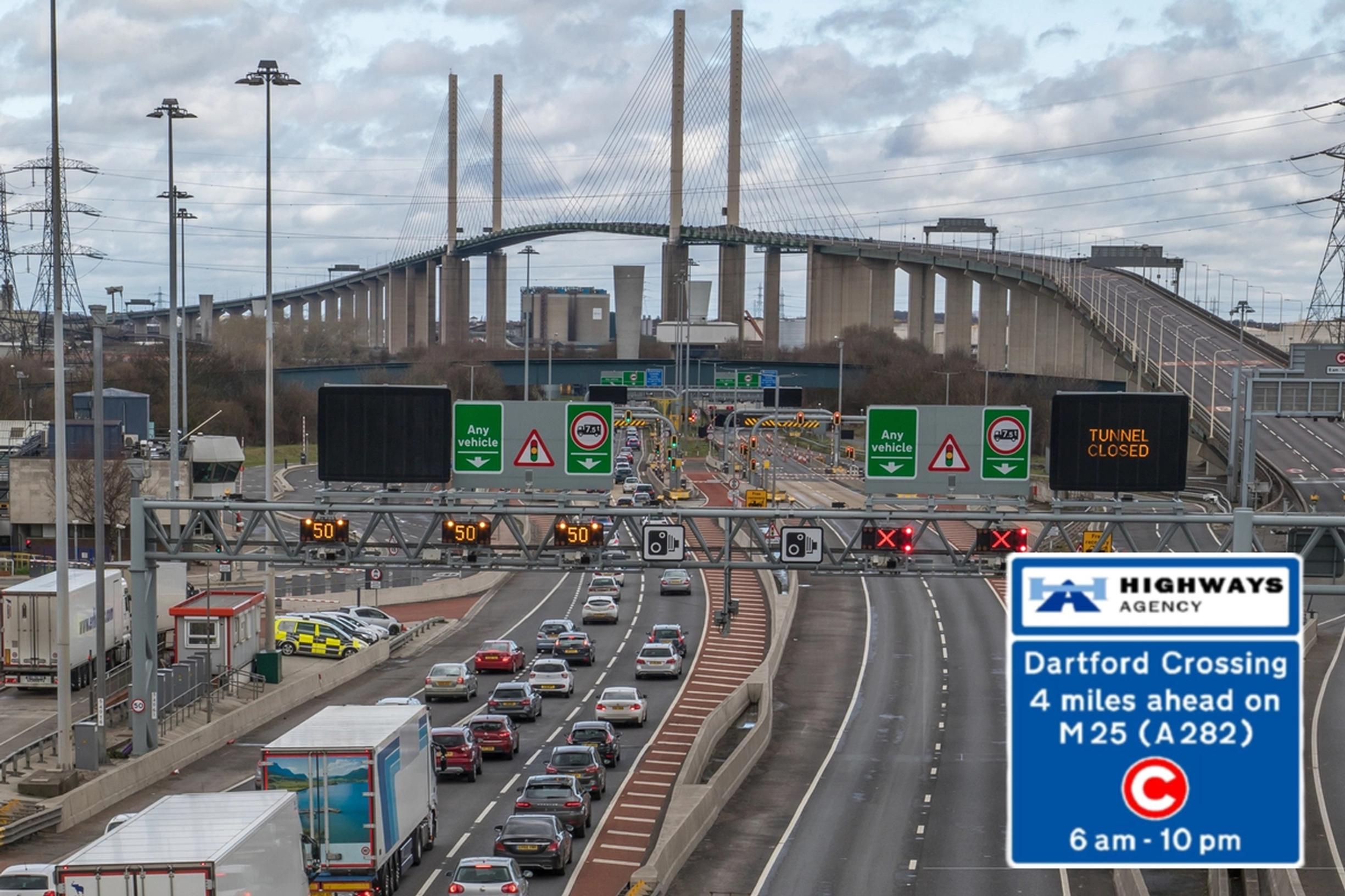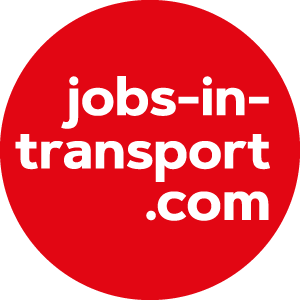
In my previous article, I examined the case for a national road pricing scheme, and what it might look like in addressing a number of current key challenges. These include a c£28bn Treasury budget hole annually owing to depleting fuel duty as a result of the shift to zero emission vehicles (ZEVs).
I suggested a national scheme would prudently be introduced initially as a mileage-based charge on ZEVs, calculated using an annual odometer reading (by certified organisations) to validate miles travelled. Like household energy bills, historic meter readings would be used to estimate usage until the end of the annual billing period, and road users would have the opportunity to manually make monthly updates and opt in for monthly billing.
This concept has been introduced in Iceland, and more recently in New Zealand. However, within the UK, a key question has yet to be tackled: who is best-placed to design, implement, and operate such a national road pricing scheme?
A scheme of this nature requires a breadth of capabilities, such as the responsibility for setting the direction and principles of a scheme, and managing the operation of a scheme, and these roles could be taken on by a range of existing organisations.
A number of Government (arms-length) bodies and agencies hold relevant capabilities: National Highways already administers congestion charging at the Dartford Crossing (Dart Charge); the UK’s Driver and Vehicle Standards Agency (DVSA) is responsible for MOT tests (compulsory annual road safety standards check) and roadside checks; and the Driver and Vehicle Licensing Agency (DVLA) is responsible for collecting vehicle excise duty and maintaining vehicle records. Equally, there is a large private sector market, experienced in implementing road user charging solutions globally.
In the UK, TfL manages the operation and services that deliver the Congestion Charge/ULEZ, with the core technology and contact centre operations largely outsourced to the private sector. Similarly for the Dartford Crossing, the Department for Transport is responsible for the scheme, with National Highways administering and overseeing/ managing the service, and the technology and operations outsourced.
To date these solutions have successfully collected money, managed accounts, and enforced non-compliance. However, they make use of roadside cameras to identify road use, which on a national scale would be expensive to implement and maintain.
To deliver best value for money to taxpayers, operation of a national scheme will require a carefully selected and balanced mix of public and private sector capabilities – but what might the options be for creating the best framework, and what is more likely?
At a high level there are three roles that will need to be undertaken:
More than one of these roles might , of course, conceivably be undertaken by the same body. So who might the most appropriate candidates be?
1) Efficacy and efficiency of the service
Here, role one could be the remit of:
The agents most likely to take forward a new road user charging regime, once it is Government policy, might logically seem to be HMRC and DfT owing to the synergies with their existing roles.
If Government anticipated an evolution of the scheme, where a simple tax collection scheme further develops to cater for greater customer-centricity, and with potential for improved capacity/demand management of the road system (akin to phases two and three set out here), then DfT would look to be the most fitting home. Short-term thinking, however, based solely on revenue/tax collection, might steer towards HMRC as the accountable body.
2) Development and management of the revenue collection and enforcement services
Role two – the organisation responsible for the development and management of the revenue collection and enforcement services – would include back-office functions such as management information, service management, performance management, revenue protection and customer requirements. Whilst HMRC already directly manages tax collection functions, the interfaces required with existing vehicle databases and the synergistic capabilities within the transport-family might make one of those a more logical choice. Here, options might include:
There are a greater number of synergies between what is needed for a national road pricing scheme and the capabilities held within DVLA and DVSA. DVLA’s experience of collecting VED and the HGV levy is relevant, and DVSA’s annually updated database (holding odometer readings) makes it well placed to handle the user records.
With over 30 million vehicles in the UK, under this policy it could be expected that a minimum of 30 million updates will need to be made to DVSA’s database, and an associated 30 million (minimum) transactions required each year. The DVSA database is likely to be a core tool to operate the service, therefore DVSA could be the most appropriate, or lead, body.
3) On-going operations and delivery
Finally, role three involves the need to consider who designs and operates the solution, including contact channels and digital interfaces, payment processing, account management, customer support, and enforcement services to ensure compliance and impose any penalties. This would presumably be undertaken similarly to the enforcement of parking and moving traffic violations through Civil Enforcement procedures, rather than this matter falling to the Police, this indeed being something that most Local Authorities have become significantly involved in over recent years.
If DVSA (or DVLA) was responsible for developing/managing the service, there will be parts of the service where it is logical to use and/or extend existing DVSA capabilities with other aspects better suited to be delivered by the market The options here would involve: ? Building in-house functionality: Such as increasing DVSA’s existing contact centre, and building a platform to operate account management and digital interfaces.
The considerations for roles one, two, and three highlight a myriad of options available, which creates a series of scheme design and operational questions that need to be addressed before coming to an optimum structure.
With many transport leaders of the view that national road pricing is inevitable, and with the Treasury no doubt anxious about the revenue gap it must fill (if tight lipped about it publicly for obvious political reasons) the business architecture for the design, implementation, and operations seems an obvious matter for clear and timely thought and preparation.
Both transport professionals and policy makers have a shared interest in completing suitable assessments before decisions are made. As I hope I have indicated, there is a considerable range of existing capabilities and capacity within government bodies and experience/ expertise across the market that can be drawn upon in this endeavour.
Perhaps, with the General Election over, an intelligent dialogue about the realities and practicalities of necessary change in this important area of transport policy may become possible.
Richard Sallnow is a Partner at PA Consulting

TransportXtra is part of Landor LINKS
© 2025 TransportXtra | Landor LINKS Ltd | All Rights Reserved
Subscriptions, Magazines & Online Access Enquires
[Frequently Asked Questions]
Email: subs.ltt@landor.co.uk | Tel: +44 (0) 20 7091 7959
Shop & Accounts Enquires
Email: accounts@landor.co.uk | Tel: +44 (0) 20 7091 7855
Advertising Sales & Recruitment Enquires
Email: daniel@landor.co.uk | Tel: +44 (0) 20 7091 7861
Events & Conference Enquires
Email: conferences@landor.co.uk | Tel: +44 (0) 20 7091 7865
Press Releases & Editorial Enquires
Email: info@transportxtra.com | Tel: +44 (0) 20 7091 7875
Privacy Policy | Terms and Conditions | Advertise
Web design london by Brainiac Media 2020